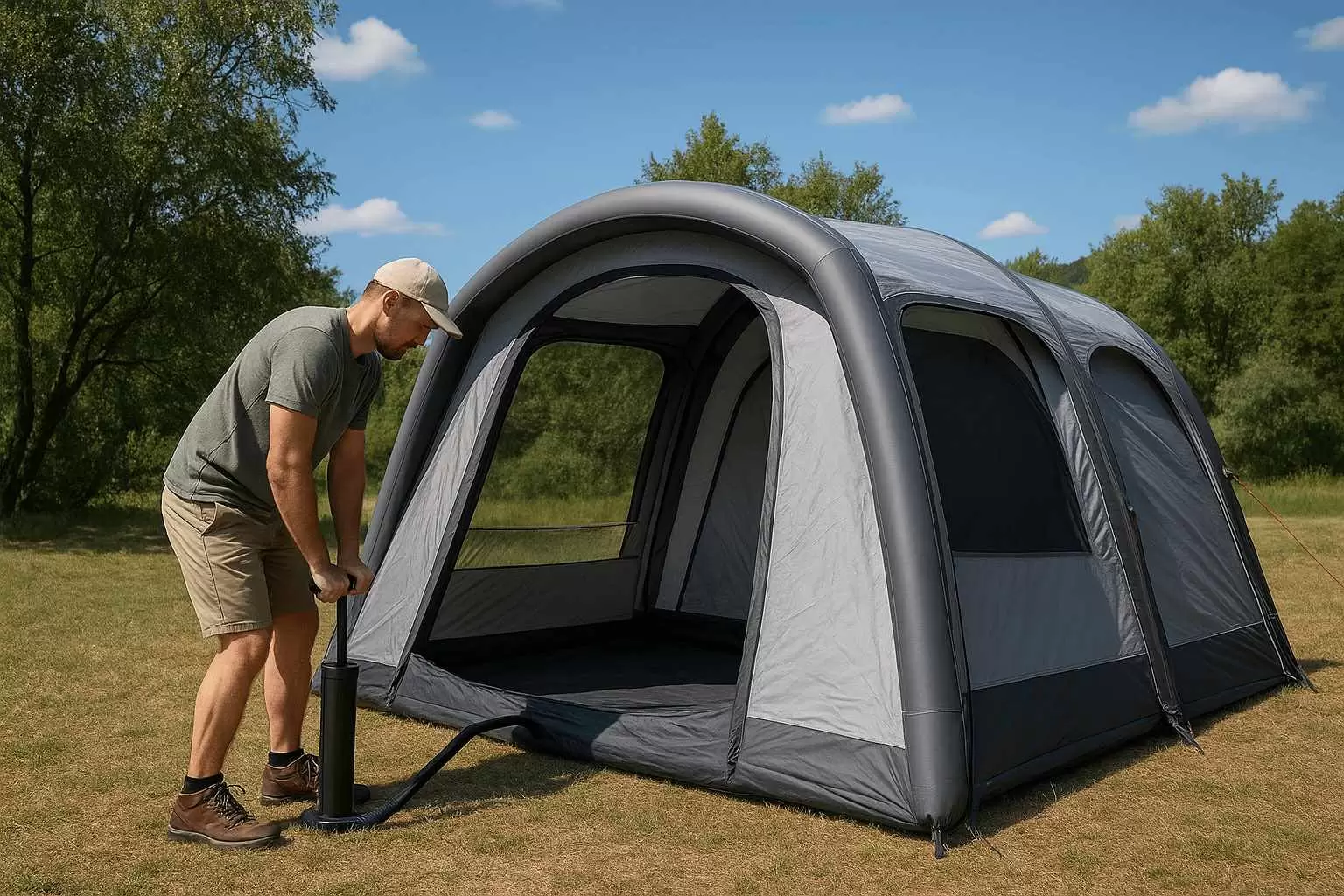As the chill of winter sets in, many homeowners find themselves grappling with the challenge of heating cold rooms without breaking the bank. The quest for the cheapest way to heat a cold room is not just about saving money; it’s also about creating a comfortable living environment. In this article, we will explore various strategies, technologies, and tips to effectively heat a cold room while keeping costs low.
Understanding Heat Loss
Before diving into solutions, it's essential to understand why some rooms are colder than others. Heat loss occurs through several mechanisms, including:
- Conduction: Heat escaping through walls, windows, and ceilings.
- Convection: Cold air entering the room and displacing warm air.
- Radiation: Heat radiating away from surfaces.
By addressing these factors, you can significantly reduce heating costs and improve comfort levels.
Insulation: The First Line of Defense
One of the most effective ways to maintain warmth in a cold room is through proper insulation. Insulation acts as a barrier to heat loss, making it a cost-effective long-term solution. Here are some practical steps:
- Check Existing Insulation: Inspect your walls, attic, and floors for adequate insulation. If necessary, consider adding fiberglass batts or spray foam insulation.
- Seal Gaps and Cracks: Use caulk or weatherstripping to seal gaps around windows, doors, and electrical outlets. This simple step can prevent drafts and retain heat.
- Use Thermal Curtains: Heavy, insulated curtains can help keep the cold out and the warmth in, especially during the night.
Efficient Heating Options
Once insulation is addressed, consider the following heating options that are both economical and efficient:
- Space Heaters: Portable electric space heaters can be an excellent solution for heating small areas. Look for energy-efficient models with thermostats and timers to minimize energy consumption.
- Infrared Heaters: These heaters warm objects and people directly rather than heating the air, making them efficient for cold rooms. They are particularly useful in spaces that are used intermittently.
- Radiant Floor Heating: While this option may require an initial investment, radiant floor heating can be an efficient way to heat a room. It distributes heat evenly and can be powered by electricity or hot water.
- Heat Pumps: Air-source or ductless mini-split heat pumps can provide both heating and cooling. They are highly efficient and can significantly reduce energy bills over time.
Utilizing Natural Heat Sources
Maximizing natural heat sources can also contribute to a warmer room without incurring additional costs:
- Sunlight: Open curtains during the day to let sunlight in, which can naturally warm the room. Consider reflective window films to enhance solar gain.
- Heat Recovery Ventilators (HRVs): These systems can recover heat from outgoing air and use it to warm incoming air, making them an efficient choice for maintaining indoor temperatures.
Behavioral Adjustments
Sometimes, simple behavioral changes can lead to significant savings:
- Layer Up: Encourage family members to wear warmer clothing indoors. This reduces the need for higher thermostat settings.
- Zone Heating: Only heat the rooms that are in use. Close doors to unused rooms to contain heat where it’s needed most.
Conclusion: A Holistic Approach to Heating
Finding the cheapest way to heat a cold room involves a combination of insulation, efficient heating solutions, and behavioral adjustments. By taking a holistic approach, you can create a warm and inviting space without incurring exorbitant costs. Remember, investing in insulation and efficient heating options may require upfront costs, but they will pay off in the long run through reduced energy bills and increased comfort.


More Stories
High-Performance Cat7 S/FTP Network Cables for Infrastructure
Performance, Application Scenarios and Selection of External Panel Materials for Outdoor Mobile Shelters
What are the key technologies in the connector production process?